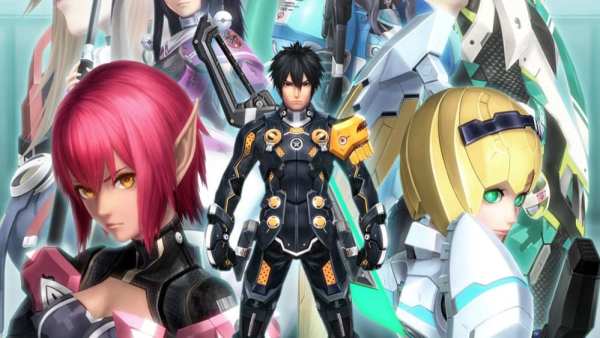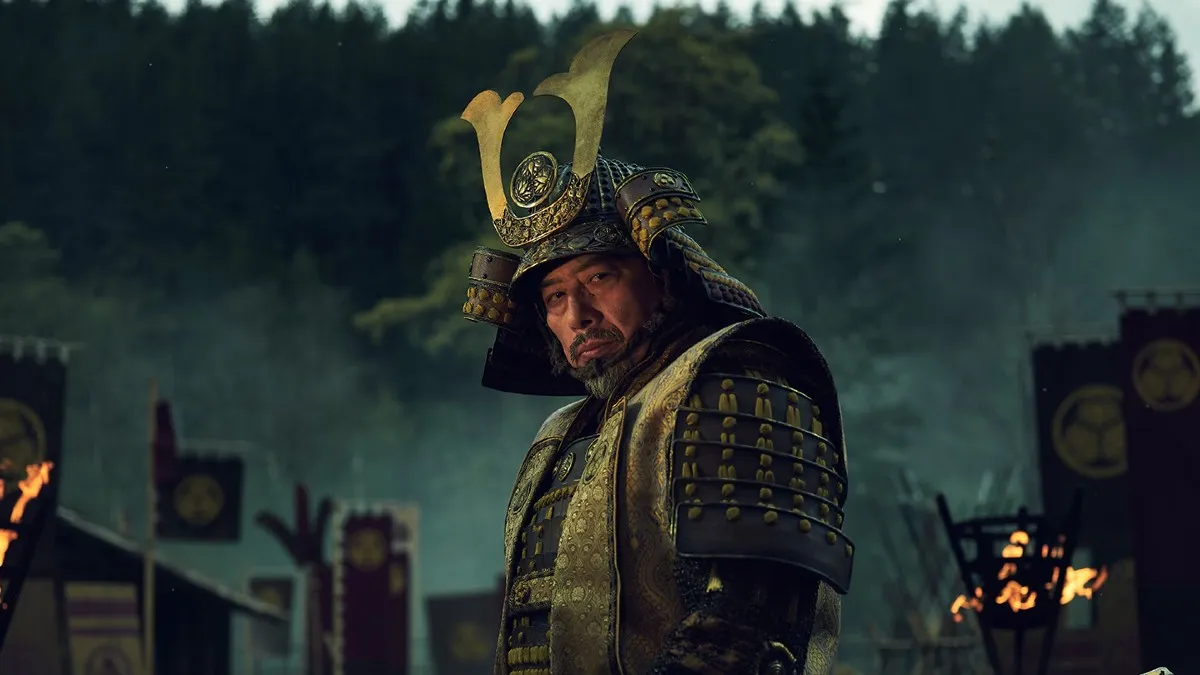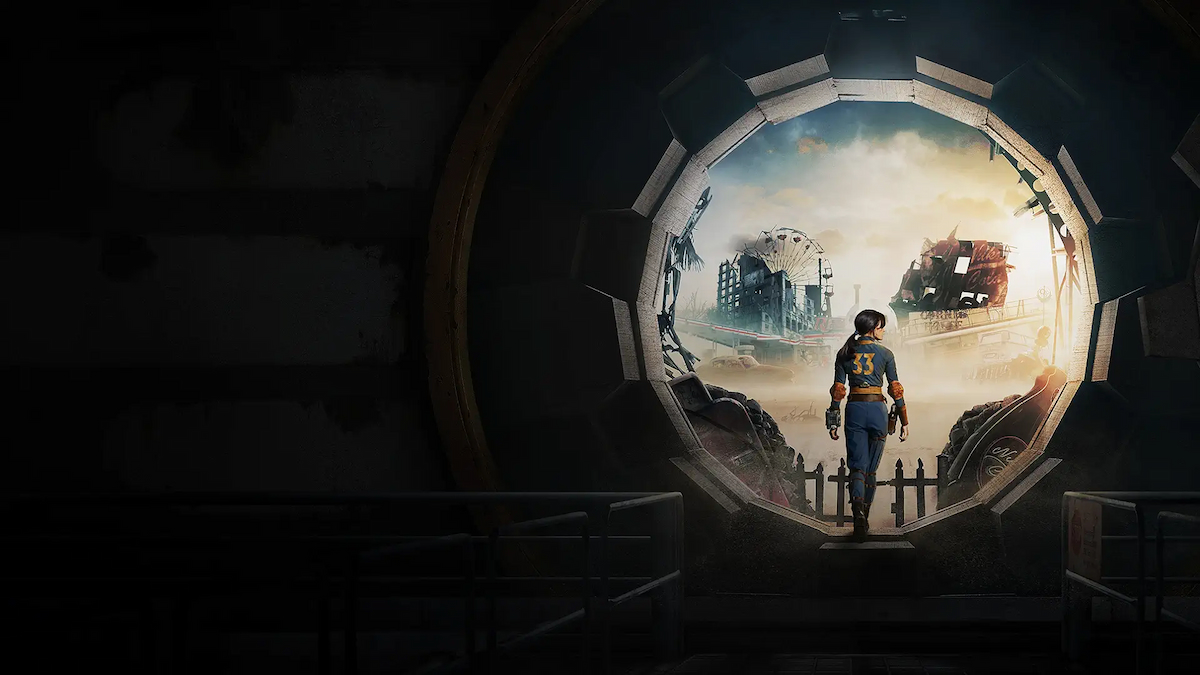Phantasy Star

I consider Microsoft’s Phantasy Star Online 2 reveal to be the highlight of E3 2019. The game was a long time coming after Sega announced it would release in the West back in 2012 —and then the company acted as though they never made any such promise.
However, while many gamers associate the Phantasy Star license with the MMO genre, the franchise began life as a series of turn-based JRPGs.
The first Phantasy Star game released on the Master System and provided the swords and sorcery turn-based combat of its contemporaries. However, Phantasy Star stood out against other games thanks to a sci-fi setting, 3D dungeons, and female lead. Back in 1987, these features were ahead of their time.
Phantasy Star spawned three sequels that culminated in Phantasy Star IV for the Genesis. The franchise entered hibernation and was soft rebooted in 2000 as Phantasy Star Online (PSO) for the Sega Dreamcast.
Unlike previous Phantasy Star games, PSO adopts an action combat system that, while simple, holds up to this day. Furthermore, the game retains the sci-fi/fantasy hybrid setting —as well as the recurring primary antagonist Dark Falz.
Like Phantasy Star games before it, PSO paved the way for the future, as it holds the title of the first MMORPG on consoles.
Moreover, the game touts the novel feature of being playable offline and online (but only if you connect to fan-run servers since the official ones were shut down in 2008).
The legacy of PSO is alive and well in the modern gaming era. And let’s face facts: Destiny’s races and classes are (probably) heavily inspired by PSO, as shown by Kotaku.




